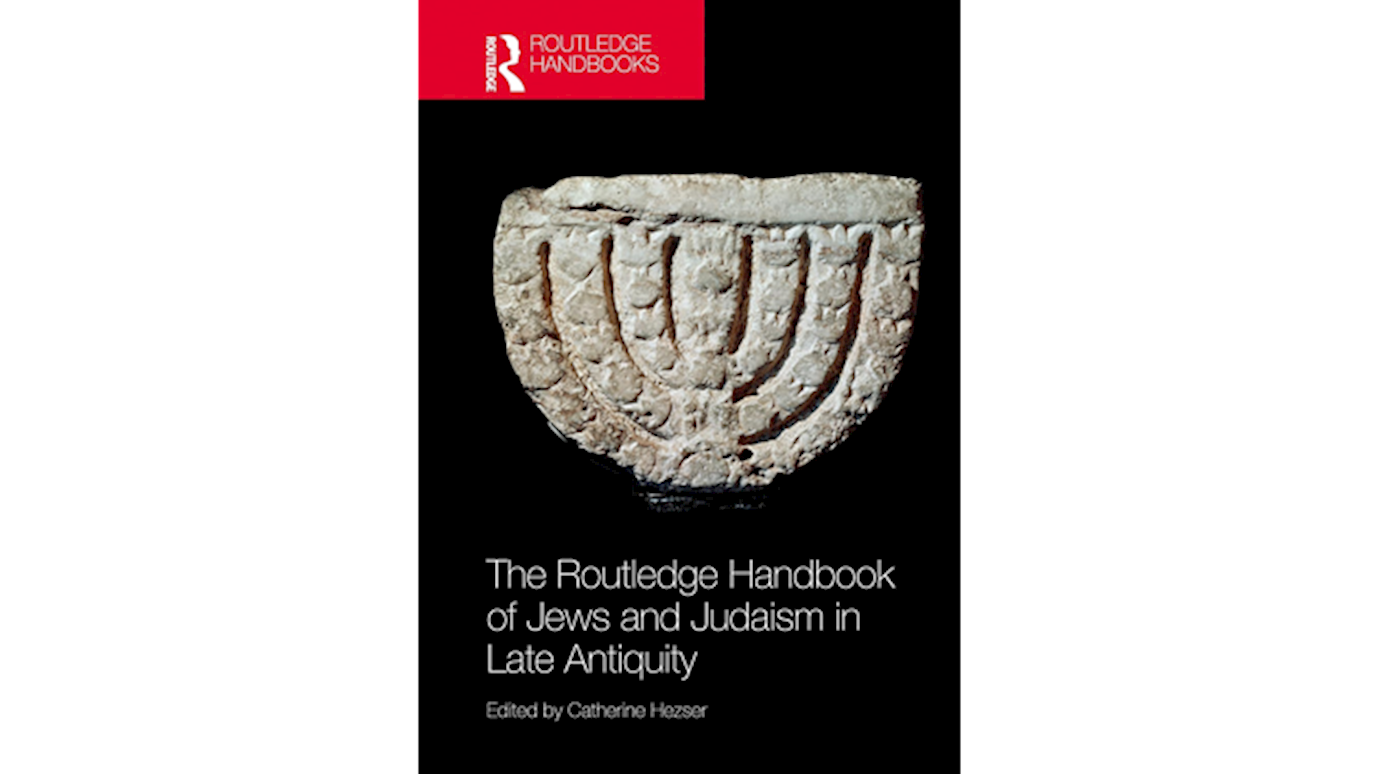Marton Ribary contributed to the 'The Routledge Handbook of Jews and Judaism in Late Antiquity' with a chapter bringing the relationship between Rabbinic and Roman law in late antiquity into question

The Routledge Handbook of Jews and Judaism in Late Antiquity, edited by Catherine Hezser, focuses on the major issues and debates in the study of Jews and Judaism in late antiquity (third to seventh century C.E.), providing cutting-edge surveys of the state of scholarship, main topics and research questions, methodological approaches, and avenues for future research.
Based on both Jewish and non-Jewish literary and material sources, this volume takes an interdisciplinary approach involving historians of ancient Judaism, scholars of rabbinic literature, archaeologists, epigraphers, art historians, and Byzantinists. Developments within Jewish society and culture are viewed within the respective regional, political, cultural, and socioeconomic contexts in which they took place. Special focus is given to the impact of the Christianization of the Roman Empire on Jews, from administrative, legal, social, and cultural points of view. The contributors examine how the confrontation with Christianity changed Jewish practices, perceptions, and organizational structures, such as, for example, the emergence of local Jewish communities around synagogues as central religious spaces. Special chapters are devoted to the eastern and western Jewish Diaspora in Late Antiquity, especially Sasanian Persia but also Roman Italy, Egypt, Syria and Arabia, North Africa, and Asia Minor, to provide a comprehensive assessment of the situation and life experiences of Jews and Judaism during this period.
Marton Ribary (RHUL Law) contributed to the handbook with a chapter on the topic of “Rabbinic Literature and Roman-Byzantine Legal Compilations” based on his doctoral research at the University of Manchester (2013-2018) supervised by Alex Samely and generously funded by the Gerda Henkel Stiftung, the Rothschild Foundation, the ESRC and the University of Manchester’s Graduate School.
The chapter argues that it remains uncertain whether interest and influence or ignorance and indifference are the right words to describe the relationship between rabbinic literature and Roman-Byzantine legal compilations. The chapter surveys the mostly separate study of the Talmud Yerushalmi and Justinian’s Corpus Juris Civilis and discusses scholarly theories about their compositional history. It argues that comparative (machine-assisted) analysis may be more likely to reveal structural and conceptual similarities rather than direct impact or mutual dependence. It proposes to ask questions for which sufficient evidence exists and to refocus on the analysis of the texts.
























